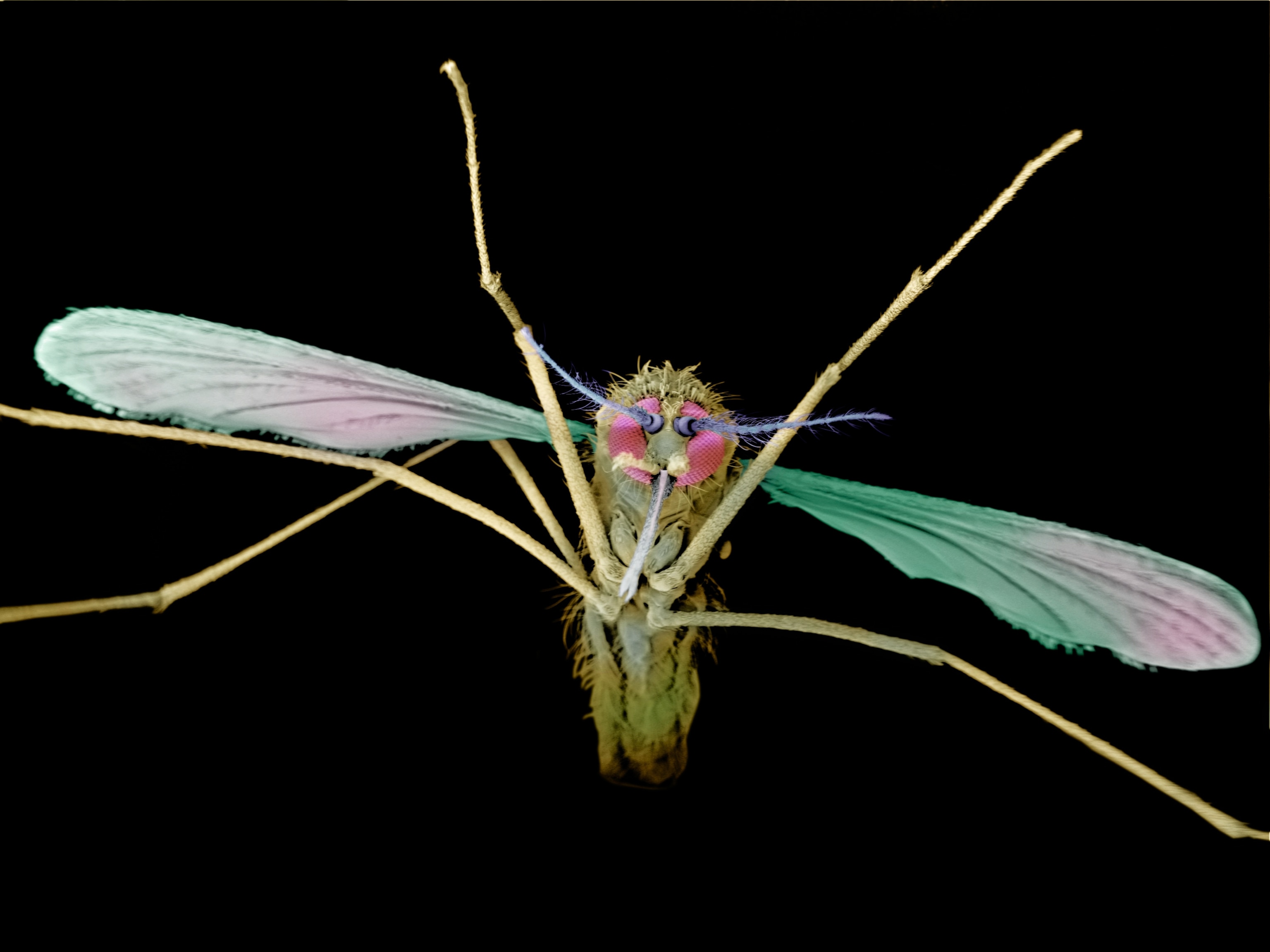
Sniff-Controlled Keyboards, Wheelchairs Invented
New devices help paralyzed people move, "locked-in" patients communicate.
People who are paralyzed from the neck down might soon be leading themselves around by the nose—literally. A new electric wheelchair allows the severely disabled to guide their movements by sniffing into tubes.
Sniffing depends on highly coordinated motions of the back of the roof of the mouth, aka the soft palate. This region receives signals from several nerves that are often unaffected by paralytic injuries and disorders.
That means some patients with disabilities ranging from quadriplegia to "locked-in syndrome"—where a person is completely paralyzed, save for eyeblinks—retain the ability to sniff with precision.
(Related pictures: "Blue Rats Move Again After Food-Dye Injection.")
Based on this idea, scientists with the Weizmann Institute of Science in Rehovot, Israel, devised a new sniff controller, which uses tubes placed up the nose to measure sniff-triggered changes in nasal air pressure.
Locked-In Patient Able to Write
In tests of the device, healthy people were able to navigate an electric wheelchair along a complex, 115-foot (35-meter) path using different combinations of inhaled and exhaled sniffs.
The participants could write using sniffs by controlling a cursor to highlight and select text, which took about 6.7 seconds per letter. They were also able to play simple computer games as easily as with a mouse or buttons.
Quadriplegic volunteers could navigate the electric wheelchair as well as the healthy individuals could, and they could use the interface to write text just as fast.
One quadriplegic 63-year-old woman who had not written anything in ten years now uses the sniff device to write emails and surf the Internet.
Locked-in individuals wrote text with the device as well, including a 51-year-old woman who used it to communicate for the first time in seven months since suffering a stroke.
The researchers did not have locked-in patients try the electric wheelchairs, as their slow response times might have made the trips unsafe.
Sniff Device a "Low-Tech Solution"
Now being patented by the Weizmann Institute, the sniff devices won't be able to help everyone—roughly 25 percent of healthy participants, for example, could not voluntarily control their soft palates using sniffs.
(Related: "Worms' Paralysis Turned On and Off With Light.")
Also, a 64-year-old man, who had been locked in for four years after a stroke, could not control his sniffs even after two months of practice. The man's severe depression, though, might have affected his performance, the team says.
Still, the device "may indeed help lots of people worldwide," said study co-author Noam Sobel of Weizmann's Olfaction Research Group. For starters, a sniff-based approach could prove much simpler to implement than techniques that try to control external objects via direct brain activity.
(See "Brain-Controlled Wheelchair Is '95 Percent Accurate.'")
"We provide a low-tech solution to a problem that most of the world is trying to solve using high-tech means," Sobel said.
The new sniff-driven controller is described in this week's issue of the Proceedings of the National Academy of Sciences.



